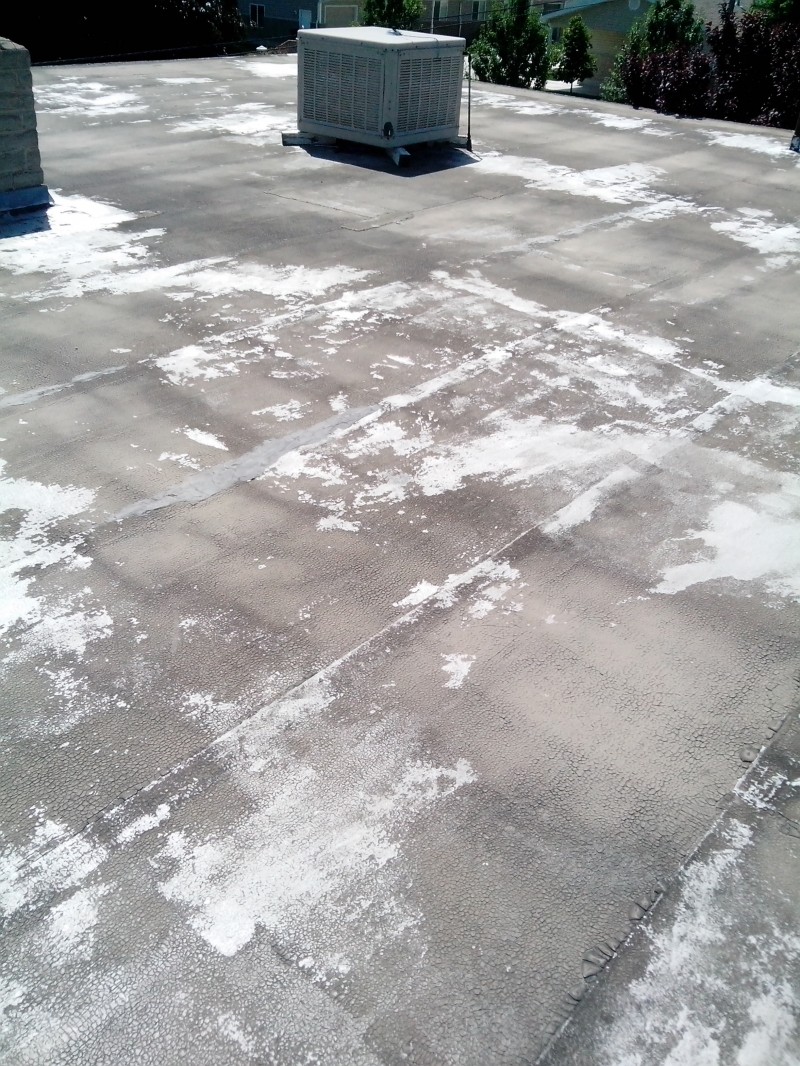Ladder Safety for Roofing

Whether you are a professional or a do it your self guy, ladder falls can injure or even kill you.
Did you know OSHA requires your ladder to be three feet above the roof deck? This gives the person climbing the ladder something to hold on to as they access on or off the roof. If your ladder is to short don’t risk your life or someone else’s. Get a longer ladder.
Below are five basic but important rules about ladder safety. Having been in the roofing industry since the seventies I have seen both good safe ladders and some crazy ladders.
- General inspection of the ladder should be done by the user before using a ladder. Look for broken or bent rungs, the footpad is not worn out and will grip the level surface it is placed on. Look at the functional rope to extend the ladder. Your employer should have a schedule for ladder inspection with records. When a ladder is deemed unsafe it should be marked, remove it from service and disposed of, or have it or have it repaired.
- Place a ladder only on a level surface. Wet grass or soggy landscaping could cause one side rail to sink, shifting the ladder while you are on it. I would always step up on the first rung and
 bounce a little to check for the firmness of the wet ground. I had an employee get hurt real bad setting a ladder on a wet redwood deck. The pads set with the grain and not against, also the deck had been recently oiled.
bounce a little to check for the firmness of the wet ground. I had an employee get hurt real bad setting a ladder on a wet redwood deck. The pads set with the grain and not against, also the deck had been recently oiled. - The ladder should be tied off at the top where it meets the roof. This helps it stay in place with less chance of the ladder sliding one way or the other and you fall off.
- The angle of the ladder needs to be about 1 foot out for every 4 feet up. Counting the rungs makes this easier as each rung is about one foot. If the ladder is not angled enough you and the ladder could fall backward. To much angle and the bottom legs can blow outwards with a nasty fall to happen.
- The ladder must extend three-foot above the roof surface. This gives the person on the ladder a handhold when accessing on or off the ladder. Keep your body between the side rails. Reaching out and standing on one leg while cleaning the gutters is a no~no. Trying to reach and stretch for that last clump of debris and before you know it . . . you’re going for a flight with no wings. Like the one cat says in the photo its gunna hurt!
Using these 5 rules could save you from a fall.
Have a question? AskARoofer.
Find your local roofing contractor in the RoofersCoffeeShop® Contractor Directory.
Disclaimer: The information provided on AskARoofer.com or information sent by emails is the opinion of the writers. It is the responsibility of the reader to check for accuracy in one's own jurisdiction, as there are different codes and restrictions for different parts of the country. AskARoofer.com does not accept any liability for the use of information on this website or email. AskARoofer.com has no controls over product failures, installation, or climate conditions that may change the roofing process in your area. Our information is in general to our area and cannot be the same as your local town or state. It is advised to seek the local Building Department, Licensed Contractor and local Product Representative for proper installation requirements and code enforcement when installing a new roof.









Comments
Leave a Reply
Have an account? Login to leave a comment!
Sign In